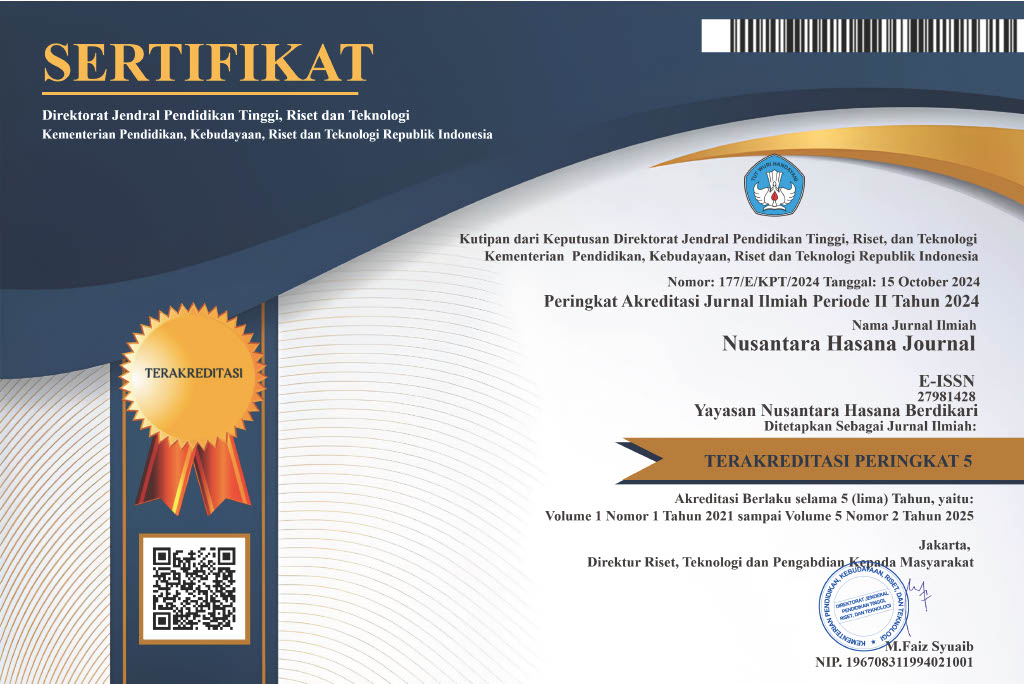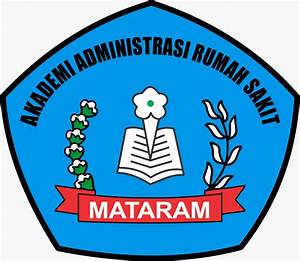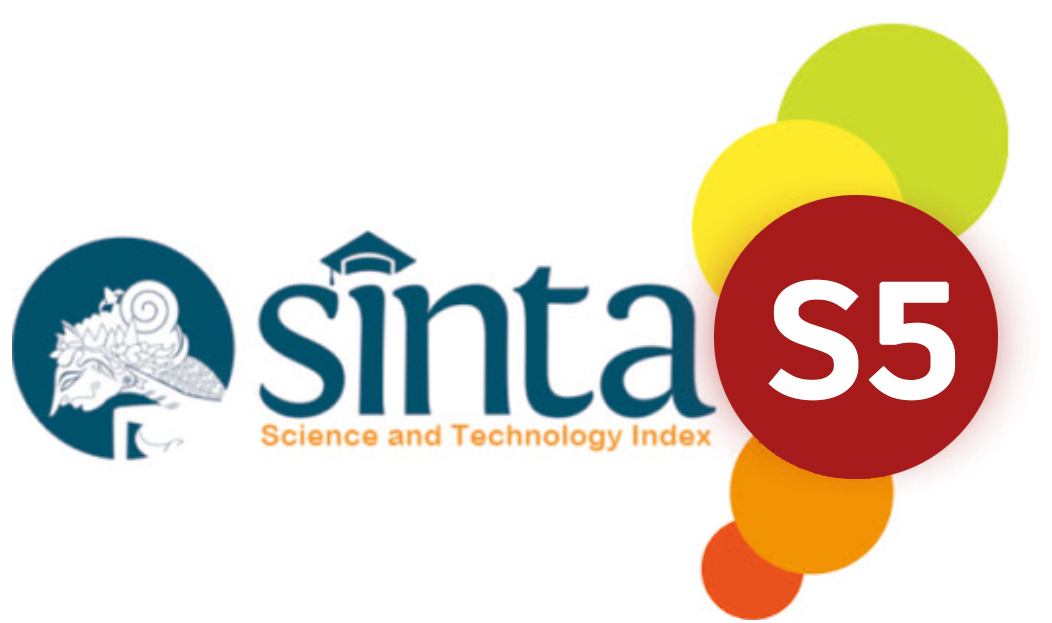PENGARUH PROBIOTIK DADIAH TERHADAP PERBAIKAN SEL HEPATOSIT JARINGAN HATI PADA TIKUS MODEL DIABETES
DOI:
https://doi.org/10.59003/nhj.v4i12.1427Keywords:
Diabetes, Diabetes Mellitus, Probiotics, Liver HistopathologyAbstract
The high incidence of DM causes diabetes to become a health problem. For this reason, other supportive therapies are needed such as the use of probiotics which are known to have antidiabetic effects, high antioxidants and as anti-inflammatory that can improve the structure and function of organs. This study aims to determine the effect of dadiah administration on the histopathological picture of liver hepatocyte cells in diabetic model mice. The research method was an experimental study of male white rats of the wistar strain of white rats, which were divided into control groups and treatment groups. The previous treatment group in Induction became a type 2 diabetes rat model by injecting Streptozotocin (STZ) 45 mg/kgBB intraperitoneally. Dadiah intervention and BAL isolates were administered for 2 months and were analyzed the histopathological picture of rat liver tissue after the intervention and compared with controls. The results of the study showed an improvement in the histopathological structure of the liver in DM rats that experienced damage to liver tissue hepatocyte cells by the administration of dadiah and probiotics (L. Fermentum) at both low dose and high dose (p-value 0.001). The conclusion that dadiah and probiotic dadiah have been shown to be pathologically anatomically beneficial to degenerative and necrotic liver hepatocyte cells in diabetic rat model, due to their antioxidant and anti-inflammatory activity.
Downloads
References
Abdullah, D. et al. (2023) ‘Effectiveness of Lactobacillus plantarum from Dadiah Payakumbuh yoghurt as Immunomodulator in hypertension’, Caspian Journal of Environmental Sciences, 21(2), pp. 439–443. doi: 10.22124/CJES.2023.6538.
Amelia, R., Abdullah, D., et al. (2021) ‘Antimicrobial Activity of Lactic Acid Bacteria Found in Dadiah on Disease-Causing Skin Infections’, Indian Journal of Forensic Medicine & Toxicology, 15(2), pp. 3314–3318. doi: 10.37506/ijfmt.v15i2.14887.
Amelia, R., Philip, K., et al. (2021) ‘Characterization and probiotic potential of lactic acid bacteria isolated from dadiah sampled in West Sumatra’, Food Science and Technology. SBCTA, 41 (Suppl., pp. 746–752. doi: 10.1590/fst.30020.
Amelia, R., Said, F. M., Yasmin, F., Harun, H., et al. (2023) ‘The anti-inflammatory activity of probiotic Dadiah to activate Sirtuin-1 in inhibiting diabetic nephropathy progression’, Journal of Diabetes and Metabolic Disorders. Springer International Publishing, (0123456789). doi: 10.1007/s40200-023-01265-7.
Amelia, R., Said, F. M., Yasmin, F. and Harun, H. (2023) ‘The Potential of West Sumatran Dadiah as The Novel to Alleviate Hyperglycemia, Hypercholesterolemia, and Reducing NF-kB Expression in Nephropathy Diabetes Rat Model’, Trends in Sciences, 20(11). doi: 10.48048/tis.2023.6812.
Chandra, A. P. and Ani, L. S. (2013) ‘Gambaran Riwayat Diabetes Mellitus Keluarga, Indeks Massa Tubuh dan Aktivitas Fisik pada Penderita Diabetes Mellitus’, Fakultas Kedokteran Universitas Udayana, pp. 1–14. Available at: https://ojs.unud.ac.id/index.php/ eum/article/download/13818/9500.
Dewi, N. P. et al. (2023) ‘Evaluation of Pediococcus acidilactici from Dadiah Bukitinggi (dairy food) as an insulin promotor by bioinformatics’, Caspian Journal of Environmental Sciences, 21(3), pp. 595–602. doi: 10.22124/CJES.2023.6938.
Hafsan et al. (2015) ‘Penurunan Kadar Kolesterol Oleh Bakteri Asam Laktat Asal Dangke Secara In Vitro’, pp. 174–180. doi: 10.24252/psb.v1i1.2135.
Imelda, S. I. (2019) ‘Faktor-Faktor Yang Mempengaruhi Terjadinya diabetes Melitus di Puskesmas Harapan Raya Tahun 2018’, Scientia Journal, 8(1), pp. 28–39. doi: 10.35141/scj.v8i1.406.
Jainata, D., Utama, B. I. and Desmawati, D. (2022) ‘Pengaruh Probiotik Dalam Menurunkan Kadar Gula Darah Pada Penderita Diabetes Melitus Tipe 2’, Jurnal Ilmu Kesehatan Indonesia, 2(4), pp. 312–320. doi: 10.25077/jikesi.v2i4.487.
Kesehatan, D. (2021) Profil Kesehatan Kota Padang, 2021. Available at: http://scioteca.caf.com/bitstream/handle/123456789/1091/RED2017-Eng-8ene.pdf?sequence=12&isAllowed=y%0Ahttp://dx.doi.org/10.1016/j.regsciurbeco.2008.06.005%0Ahttps://www.researchgate.net/publication/305320484_SISTEM_PEMBETUNGAN_TERPUSAT_STRATEGI_MELESTARI.
Koampa, P. H., Pandelaki, K. and Wongkar, M. C. P. (2016) ‘Hubungan indeks massa tubuh dengan profil lipid pada pasien diabetes melitus tipe 2’, e-CliniC, 4(1). doi: 10.35790/ecl.4.1.2016.12106.
Kodariah, R. et al. (2019) ‘The effect of dadih in BALB/c mice on pro-inflammatory and anti-inflammatory cytokine productions’, Journal of thee Medical Sciences (Berkala Ilmu Kedokteran), 51(04), pp. 292–300. doi: 10.19106/medsci005104201902.
Mahajan, B., Kumar Snehi, S. and Singh, V. (2019) ‘Effect of Probiotic Lactobacillus Fermentum Mcc3216 on Progression of Type 2 Diabetes With Their Anti-Inflammatory Activity in High Fructose Fed Diabetic Rats’, International Journal of Pharmaceutical Sciences and Research, 10(3), p. 1122. doi: 10.13040/IJPSR.0975-8232.10(3).1122-32.
Mardika Sari Puspita (2024) ‘Original Research Original Research Original Research’, SAGO: Gizi dan Kesehatan, 5 (2) 446-, pp. 446–455.
Michille, Situmorang, S. and Wika, H. (2022) ‘Hubungan Karakteristik Pasien Diabetes Melitus Tipe 2 dengan Lipid Profile di RS Royal Prima Tahun 2021’, Jambura Journal of Health Sciences and Research, 5(1), pp. 42–50.
Prasetyo, A. (2019) ‘Tatalaksana Diabetes Melitus pada Pasien Geriatri’, Jurnal Bidan Cerdas, 46(6), pp. 420–422. Available at: https://cdkjournal.com/index.php/ cdk/article/ view/435/394.
Putri, L. K., Karimi, J. and Nugraha, D. P. (2017) ‘Profil Pengendalian Diabetes Melitus Tipe 2 Di Poliklinik Penyakit Dalam RSUD Arifin Achmad Pekanbaru’, Jurnal Ilmu Kedokteran, 8(1), p. 18. doi: 10.26891/jik.v8i1.2014.18-24.
Siregar, W. Y. M. et al. (2023) ‘Upaya Pengelolaan Diabetes Mellitus Tipe 2 dengan Pendekatan Pelayanan Kedokteran Keluarga’, GALENICAL : Jurnal Kedokteran dan Kesehatan Mahasiswa Malikussaleh, 2(4), p. 54. doi: 10.29103/jkkmm.v2i4.9983.
Tjok, D. A. P. and Made, R. S. (2020) ‘Gambaran Tingkat Pengetahuan Tentang Penatalaksanaan Diabetes Melitus Pada Pasien Diabetes Melitus Di Rsup Sanglah’, Jurnal Medika Udayana, 9(8), pp. 1–4.
Trisia, A. and Augustina, I. (2022) ‘Gambaran Histopatologi Pankreas, Hati ,Ginjal Rattus Norvegicus dengan Pemberian Ekstrak Lagerstroemia speciosa (L)Pers’, Jurnal Kedokteran Universitas Palangka Raya, 7(1), pp. 754–768. doi: 10.37304/jkupr.v7i1.580.
U Pato1, Y Yusmarini, S Fitriani, N.N Jonnaidi1, M.S Wahyuni1, J. . F. and I. J. 1Department (2021) ‘IOP Conference Series : Earth and Environmental Science: Antimicrobial Activity of Lactic Acid Bacteria Strains Isolated from Dadih against Escherichia coli’, (July). doi: 10.1088/1755-1315/709/1/012019.
Downloads
Published
How to Cite
Issue
Section
License
Copyright (c) 2025 Rinita Amelia

This work is licensed under a Creative Commons Attribution-NonCommercial-ShareAlike 4.0 International License.
NHJ is licensed under a Creative Commons Attribution-NonCommercial-ShareAlike 4.0 International License.
Articles in this journal are Open Access articles published under the Creative Commons CC BY-NC-SA License This license permits use, distribution and reproduction in any medium for non-commercial purposes only, provided the original work and source is properly cited.
Any derivative of the original must be distributed under the same license as the original.
























